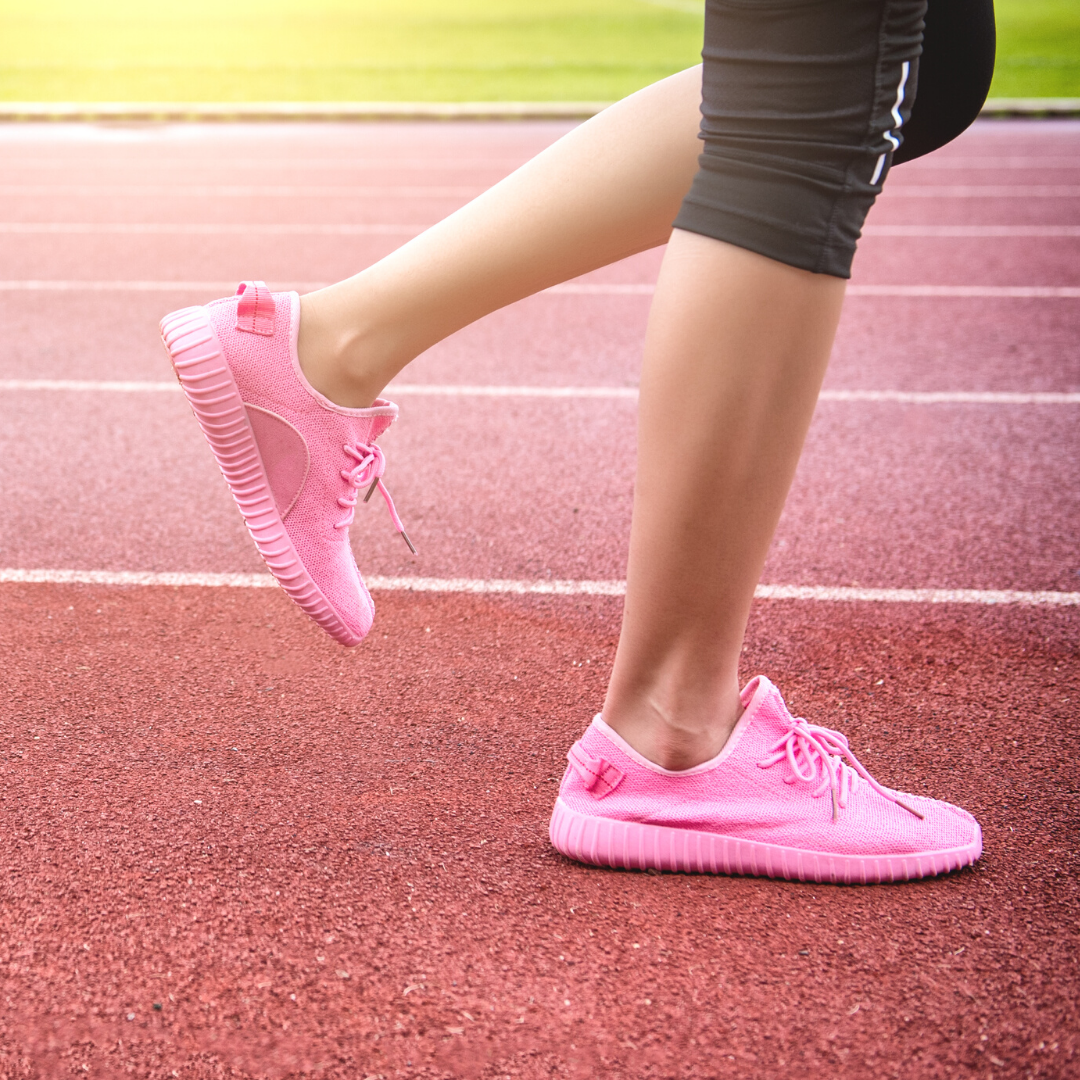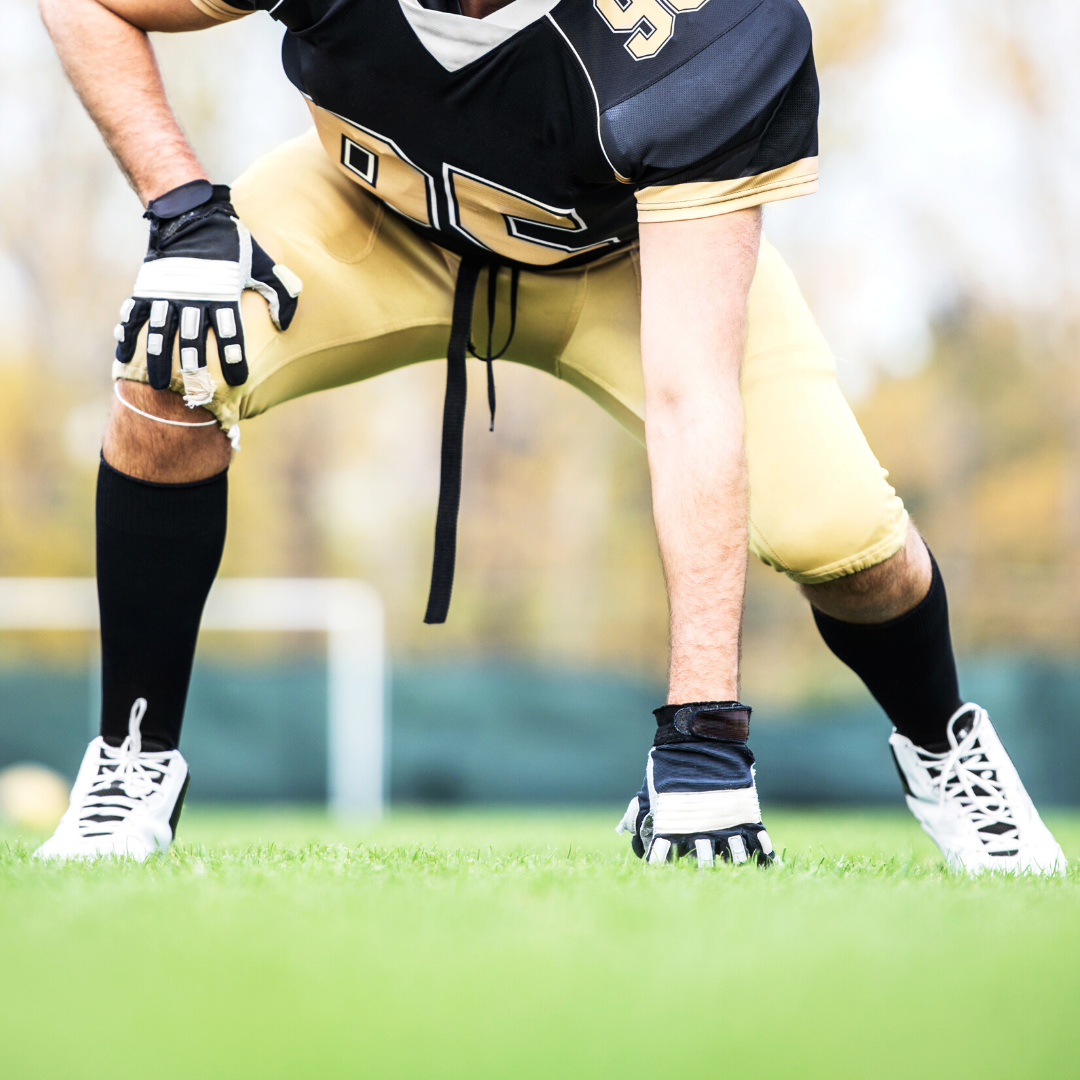Riding a bike has a very important place in our culture. Kids love it; it’s a great way to commute; it’s a lifelong sport with an emphatic community focused on health, friendships, and family; and it’s really fun. Accidents happen in cycling, as with any other sport.
If you had to guess, what percentage of adults had a concussion? Last year, Dr. Anna Abramson, co-founder of Medicine of Cycling Conference and co-author of the “Concussions in Cycling Consensus Statement,” asked an audience of almost 100 high-level cyclists if they had ever had a concussion and 95 hands went up. The more shocking fact was uncovered in the next question to the audience. Only two riders knew they had a concussion at the time of crash, the rest were completely unaware of their brain injury. This is one way that Dr. Abramson is able to help cyclists understand that part of the challenge with concussion is that we don’t usually exhibit signs or have awareness of the injury to the brain immediately after trauma. It’s somewhat like a bruise — the injury happens right away, but the skin color doesn’t change until later.
Concussion in sport is now getting well-deserved attention. In sports such as football and school team sports, we are finally gaining a collective consciousness of the long-term consequences of concussion such as chronic headaches, memory loss, movement disorders and severe mood disturbances.
Cycling is not football. There are no aggressive tackles and skirmishes to cause falls and impacts. But cyclists travel at high speeds, and when they fall there are no coaches and medics at the sideline, there is no time-out and rarely a recording of the event. Many cyclists ride every day for decades, but a split second of inattention on the bike, a pothole or lane marker can send the rider over the handlebars. The entire body undergoes an instantaneous deceleration, and the brain sloshes inside the unyielding skull, potentially resulting in a form of brain injury known as concussion.
On an average bike ride, a downed cyclist sees little choice but to get back on the bike and pedal home. The immediate effects of the concussion can cause confusion, balance problems, inattention and incoordination, which predispose the rider to more falls and injury. In competition, cyclists face the decision of letting the peloton race away or chasing to the finish after a fall. The “Consensus Statement on Concussion in Sport,” accepted by the international experts in the field, advocates for at least a 15-minute observation period of the possibly concussed athlete on the sideline. However, most bike races are decided by seconds, so there is only time to get back on the bike and pedal away, risking immediate effects of concussion to creep in while chasing the peloton. The Medicine of Cycling Concussion Task Force has been working within the unique needs of the sport with a tailor-made consensus statement and an event evaluation flowchart to increase concussion awareness and care.
For the professional world of cycling, concussion awareness has become a highly visible issue. Scott Nydam, an accomplished and promising rider, recounted his experience to an audience of physicians and other medical professionals at the 2011 Medicine of Cycling Conference in Colorado Springs. His two consecutive unrecognized concussions resulted in an unprovoked loss of consciousness on a climb at Tour de Gila followed by a devastating crash and life-threatening intracranial hemorrhage. He chose to end his riding career to preserve his health, focus on supporting others in the sport, and improving concussion education for teams.
Riding a bike has a very important place in our culture. Kids love it; it’s a great way to commute; it’s a lifelong sport with an emphatic community focused on health, friendships, and family; and it’s really fun. Accidents happen in cycling, as with any other sport. The vast majority of cyclists are adults and sadly our parents, bosses, and legislators do not stand together to ensure that we are evaluated for concussion as we might be as children. For now, concussion in cycling advocates including Dr. Abramson urge all cyclists to wear a helmet and be aware of concussion symptoms in themselves and others after a high speed injury.



